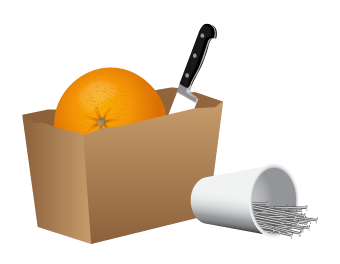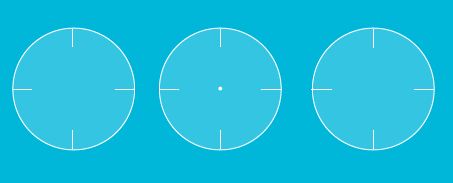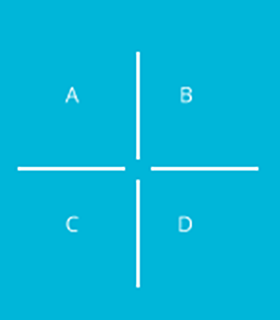Some of the science ideas behind our
business coaching techniques
business coaching techniques
The Mind Gym
What do you do when you are under pressure?
What happens in your office when there are conflicting viewpoints?
When presenting or pitching do you get the results you want?
How do you get the best out of your team?
On this page you will find a number of experiments that explore and question intuitive response, from which you may sometimes draw some interesting conclusions about yourself, your business and the teams you work with.
Orange

Take a look at this image of a brown
paper bag with an orange and
knife inside, and a coffee cup
with 49 nails inside it.Your task is to get the juice of the
orange into the cup without any
juice spilling anywhere else.
paper bag with an orange and
knife inside, and a coffee cup
with 49 nails inside it.Your task is to get the juice of the
orange into the cup without any
juice spilling anywhere else.
How would you do it?
Shapes
Take a quick look at these three shapes, what do you see?
Now cover the two shapes on the side and only look at the one in the middle, what do you see now?

Arrows
This experiment is best done with a paper and pen.

Take a look at the arrows. How many variables can you create in 60 seconds, using these elements?
Partitions
Look at the aerial view of the office cubicles of A,B,C & D.
As some parties are discontent, what would be the
best reconfiguration, bearing in mind the following:A doesn’t want to move cubicles
Everyone demands they keep at least 2 partition walls except A
D feels isolated from colleagues
As some parties are discontent, what would be the
best reconfiguration, bearing in mind the following:A doesn’t want to move cubicles
Everyone demands they keep at least 2 partition walls except A
D feels isolated from colleagues

A, B & C
A, B and C can choose a work role within a project,
either Logistics, HR or Marketing.
A & B want the same role, HR.
C wants Logistics.
No one wants Marketing.If two choose the same role it goes to the other.
If they all choose the same role their boss allocates the roles.
either Logistics, HR or Marketing.
A & B want the same role, HR.
C wants Logistics.
No one wants Marketing.If two choose the same role it goes to the other.
If they all choose the same role their boss allocates the roles.
They are not allowed to talk to each other.
What would you do?
© Copyright Coaching Nation 2015 – all rights reserved




